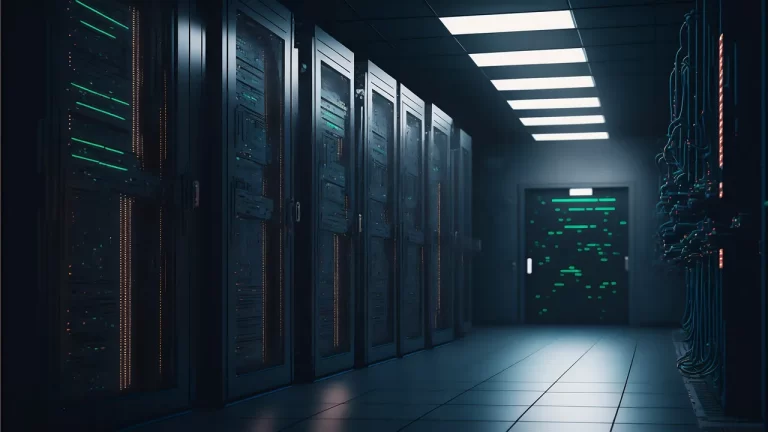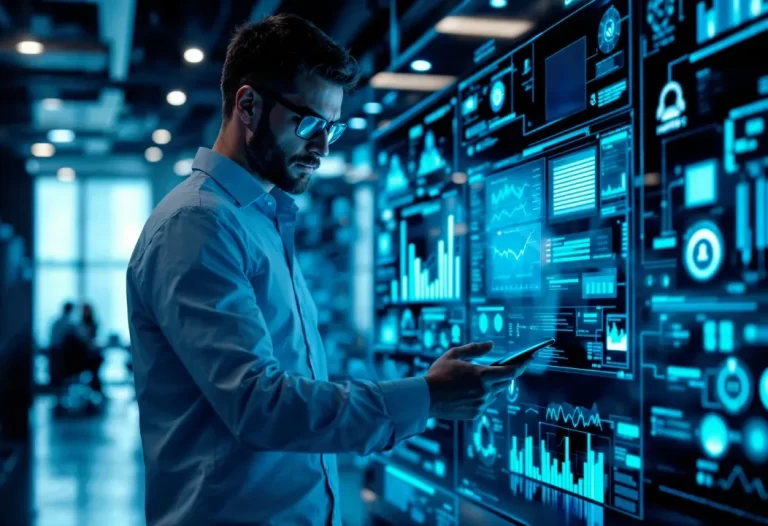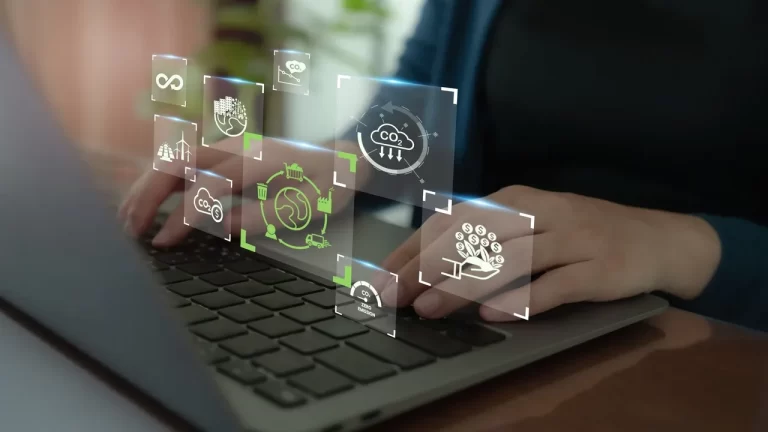Introduction
The world is growing fast, which is resulting in an increasing requirement for data centers. These Data features store, process, and distribute large amounts of data, making them important to businesses and cloud services. The operations of these features require large amounts of energy. To address this, organizations employ green data centers as part of their transition to sustainable and advanced technologies to minimize environmental impact.
What Are Green Data Centers?
A green data center is a feature that prefers energy efficiency, sustainability, & minimal environmental effect. These centers incorporate renewable energy sources, efficient cooling techniques, & advanced Data Center Infrastructure Management (DCIM) solutions to optimize performance by minimizing the power use.

A green data center is a facility designed with sustainability at its core, utilizing energy-efficient technologies, renewable power sources, and intelligent infrastructure to minimize environmental impact while maintaining high performance. These data centers integrate innovations such as liquid cooling systems, AI-driven energy management, and advanced DCIM tools to optimize resource use and reduce carbon emissions. Major providers like Google, Microsoft, and AWS are leading the shift by powering their facilities with solar, wind, and hydroelectric energy, showcasing the scalability of eco-friendly operations. By adopting green data center practices, organizations not only achieve regulatory compliance and cost savings but also enhance their brand reputation and contribute to a more sustainable digital future.
Key Sustainable Practices in Green Data Centers
The major cloud service providers such as Google Data Center together with Microsoft Data Center & AWS Data Center extensively use renewable power sources to operate their facility network. Solar power & wind power & hydroelectric energy collectively decrease environmental emissions thus improving the sustainability of cloud systems.
The datacenters operation requires significant energy usage when cooling rooms. Sustainable centers depend on liquid cooling in addition to free-air cooling & advanced airflow management systems to maximize their operational efficiency and decrease HVAC system requirements.
The colocation data center model allows many organizations to share a network by minimizing overall resource use. Companies such as Equinix & Yotta Data Center provide space use & power efficiency, modular, energy-skilled design.
Virtual machine implementation & software-defined storage designs help organizations to allocate their resources more easily to minimize hardware dependence. Virtualization solutions from Nutanix, VMware, Broadcom & Cisco data centers allow virtualization applications that help to cut power requirements & environmental effects.
Advanced DCIM platforms provide real -time monitoring of electricity use, temperature & overall performance. AI-operated analytics allows future maintenance, automatic load balance, & customized cooling strategies, reduce waste & downtime.
Technologies Driving Green Data Centers
1. Liquid Cooling and Heat Reuse
The practice of using water & dielectric fluids for liquid cooling is fast becoming popular as a superior method to air-based cooling. Hyperscale data centers sometimes provide an opportunity to recycle waste heat for adjacent building heating while developing circular economic systems.
2. Edge Data Centers for Reduced Latency
Instead of depending on centralized features, the edge data centers distribute computing power close to the users. It minimizes the use of long-distance data transmission, increasing speed & reliability.
3. AI-Powered Energy Efficiency
Through automation enabled by artificial intelligence systems, organizations to achieve optimized cooling systems & equipment monitoring & anticipate their power requirements which resulting in significant power savings. The AI-based analysis at Google datacenter facilities increases operational efficiency through tools that enhance energy efficiency by 40%.
4. Sustainable Construction and Design
Modern digital data center infrastructure includes eco-friendly materials, efficient lighting, & optimized space use to minimize waste & maximize sustainability

The Future of Green Data Centers
Organizations adopting green data centers achieve two benefits: they reduce their energy expenses through carbon reduction rules and stay away from possible fines for environmental regulations. Also, embracing sustainability can improve a company’s reputation, attracting more customers & strengthening stakeholder relationships.
The advancement of green data center technology includes better cooling systems and energy storage solutions and AI-based management as well as facilities for sustainable operation. Green data centers hold an important role in building the sustainable digital future because they actively fight climate change.
Conclusion
The transition to green data centers is important for a sustainable future. By integrating renewable energy, AI-driven efficiency, and smart DCIM solutions, businesses can minimize their environmental effect while making sure a scalable & efficient digital network. As leaders like Google, Microsoft, AWS, & Equinix continue to grow, the future of sustainable data center operations looks promising.








